Waters of Bloomington
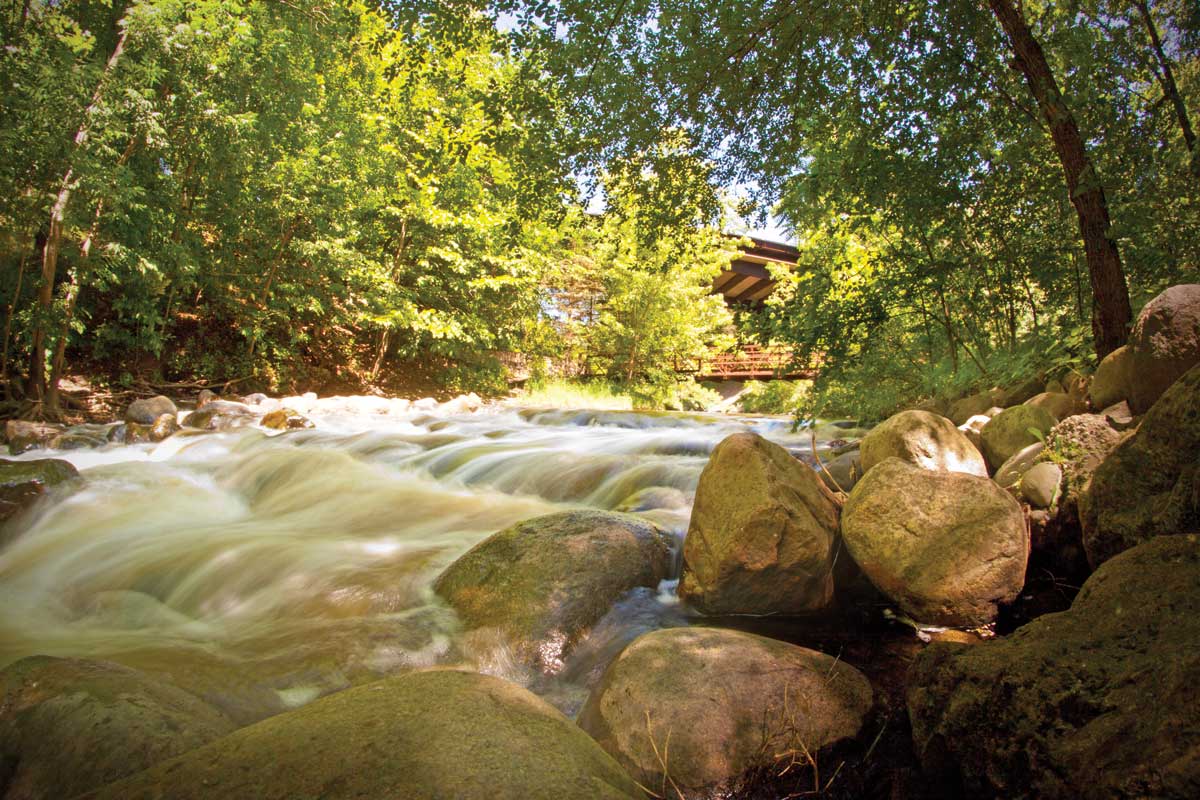
The City of Bloomington crosses the boundaries of four watersheds: Riley Purgatory Bluff Creek, Nine Mile Creek, Lower Minnesota River, and Richfield Bloomington. Each of these are managed by an independent agency, either a watershed district or watershed management organization. Be aware that if you are looking to do a construction project, you may need a permit from the appropriate watershed district. See below for links to their websites.
Want to know what watershed you live in? If you are a Bloomington resident, use this interactive map (coming soon).
If you live outside of Bloomington, you can find out more information on the watersheds across Minnesota here.
Want to know more about what watersheds are and why they are so important? Click here to learn more about watersheds!
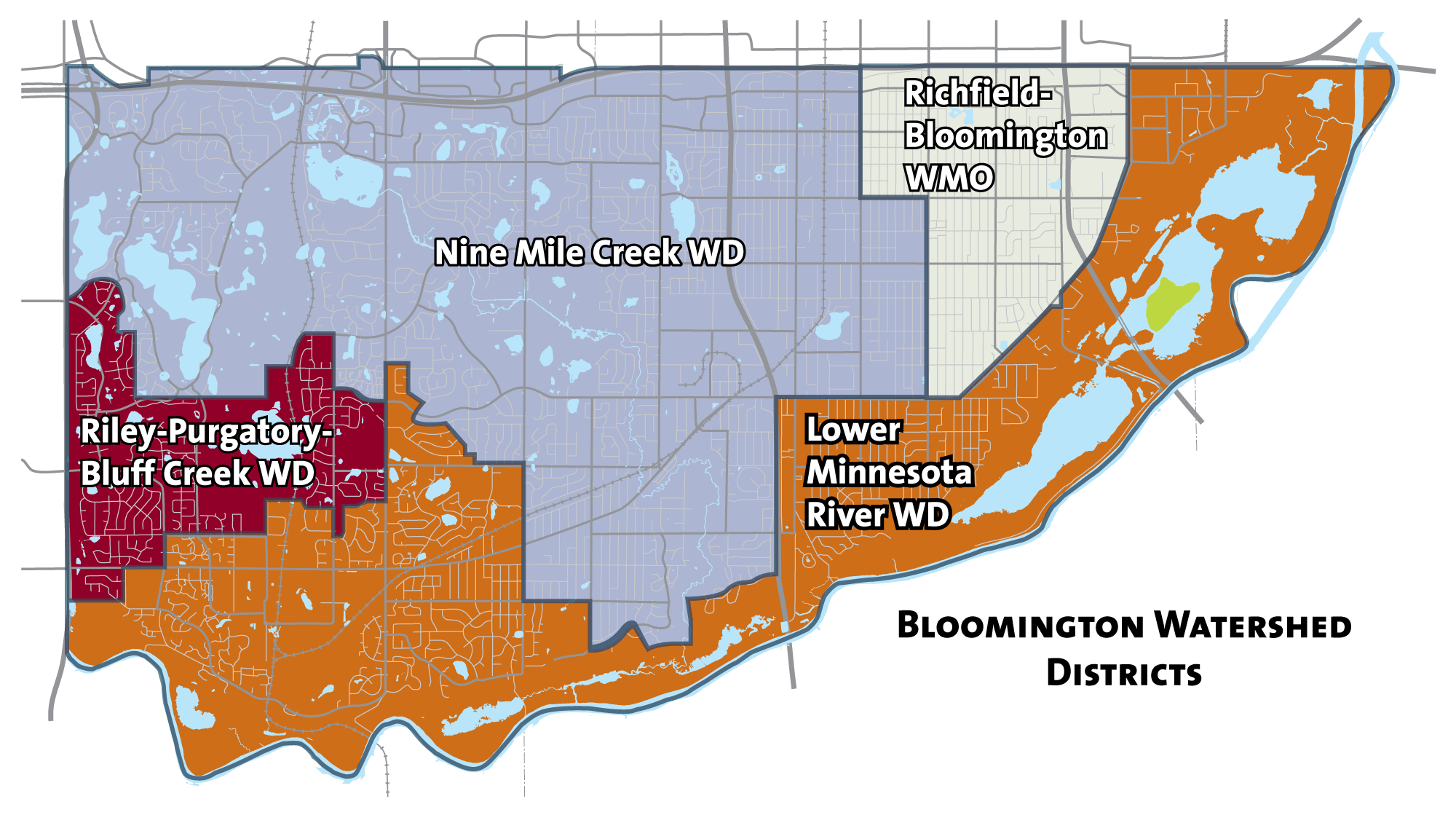
Click the following links to be directed to each watershed’s website:
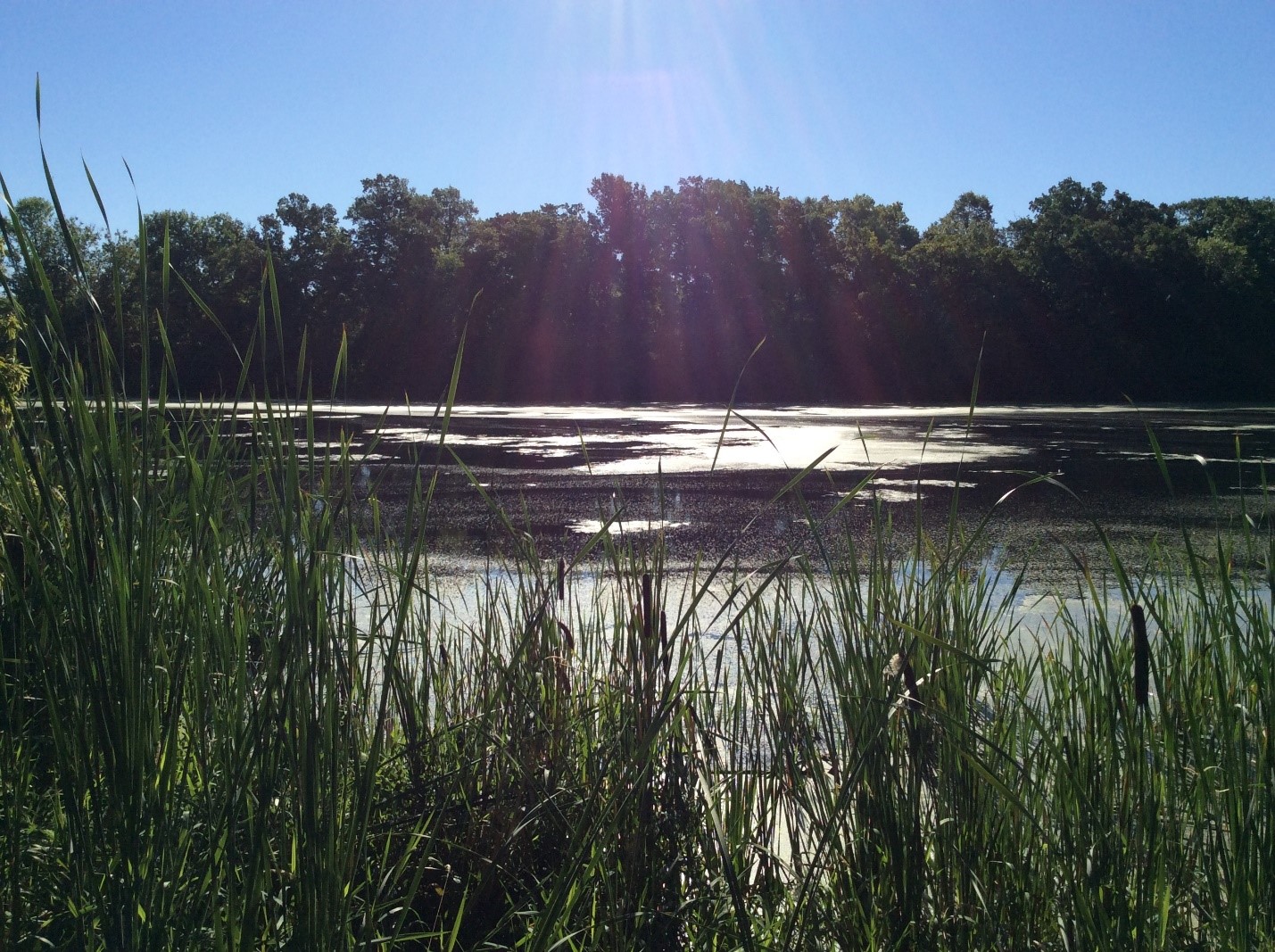
There are more than 500 bodies of water in Bloomington. they range from small ponds to large lakes. Most of these were here long before the City of Bloomington was incorporated. The City works hard to ensure that these waters and the ecology they support are treated and managed in a way that promotes ecological resiliency, adaptability, and ecosystem health.
Most of the lakes and ponds in Bloomington are considered shallow water systems. These are unique systems that support a complex ecology. One way you can help keep these waters healthy and clean is learn how they function. Check out this video made by the Ramsey-Washington Metro Watershed District to learn about shallow water lakes!
Recreation
There are many recreational opportunities within, and alongside, the Lakes and ponds in Bloomington.
- Click here for a complete list of Bloomington parks
- The Hyland Lake Park Preserve is managed by the Three Rivers Park District. Click here to visit their website.
Remember, when interacting with a body of water, take precautions not to spread aquatic invasive species. Click here for information on how to prevent the spread of aquatic invasive species.
Stormwater Pond Management
The majority of ponds in Bloomington are considered stormwater ponds. This means that pipes connect them to the City’s stormwater infrastructure network. Historically, most of these ponds were not connected to one another. Back then, the water that flowed into them was cleaned by the nearby forests or meadows.
Now-a-days, when it rains, because of the many roads, sidewalks, roofs, and other impervious surfaces, water moves very quickly. Without the historic forests and meadows, the water is able to pick up things on the ground, like dirt, leaves, and trash. It then carries all this stuff into stormwater drains which flow into ponds. That means, anything that was picked up by the water as it moved over impervious surfaces ends up in our ponds. This is a leading cause of water pollution in urban areas.
Check out this video to learn more about how Bloomington samples water quality:

Why So Green?
Plants and algae in ponds and lakes are a common concern for residents. There are types of plants that are problematic and there are plants that are good. In any case, there are always going to be plants. Click the link below for more information on aquatic plants and management options.
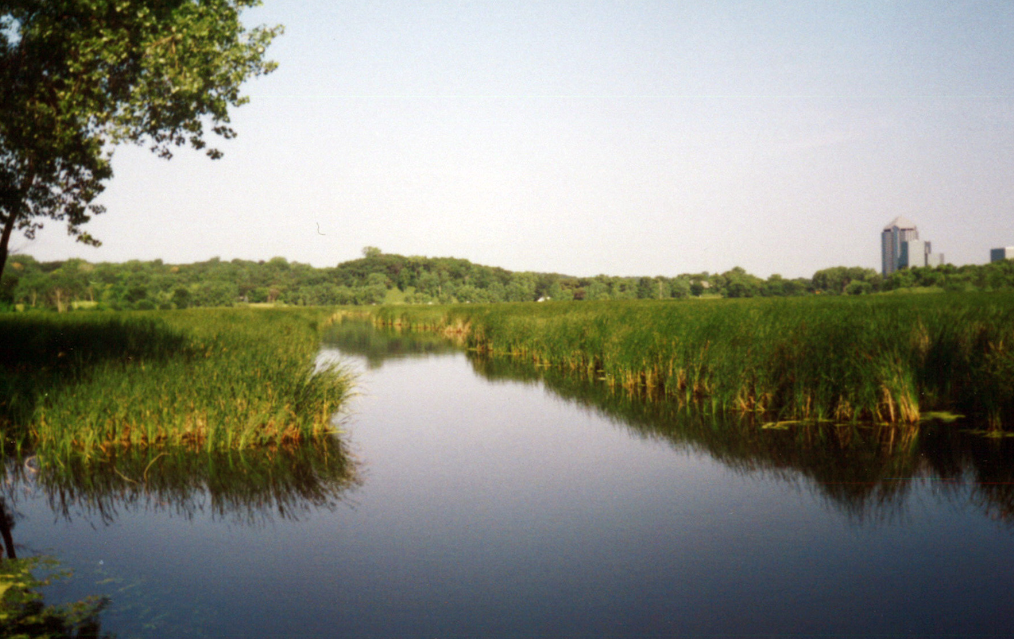
Learn more about wetlands through the MN DNR's website below
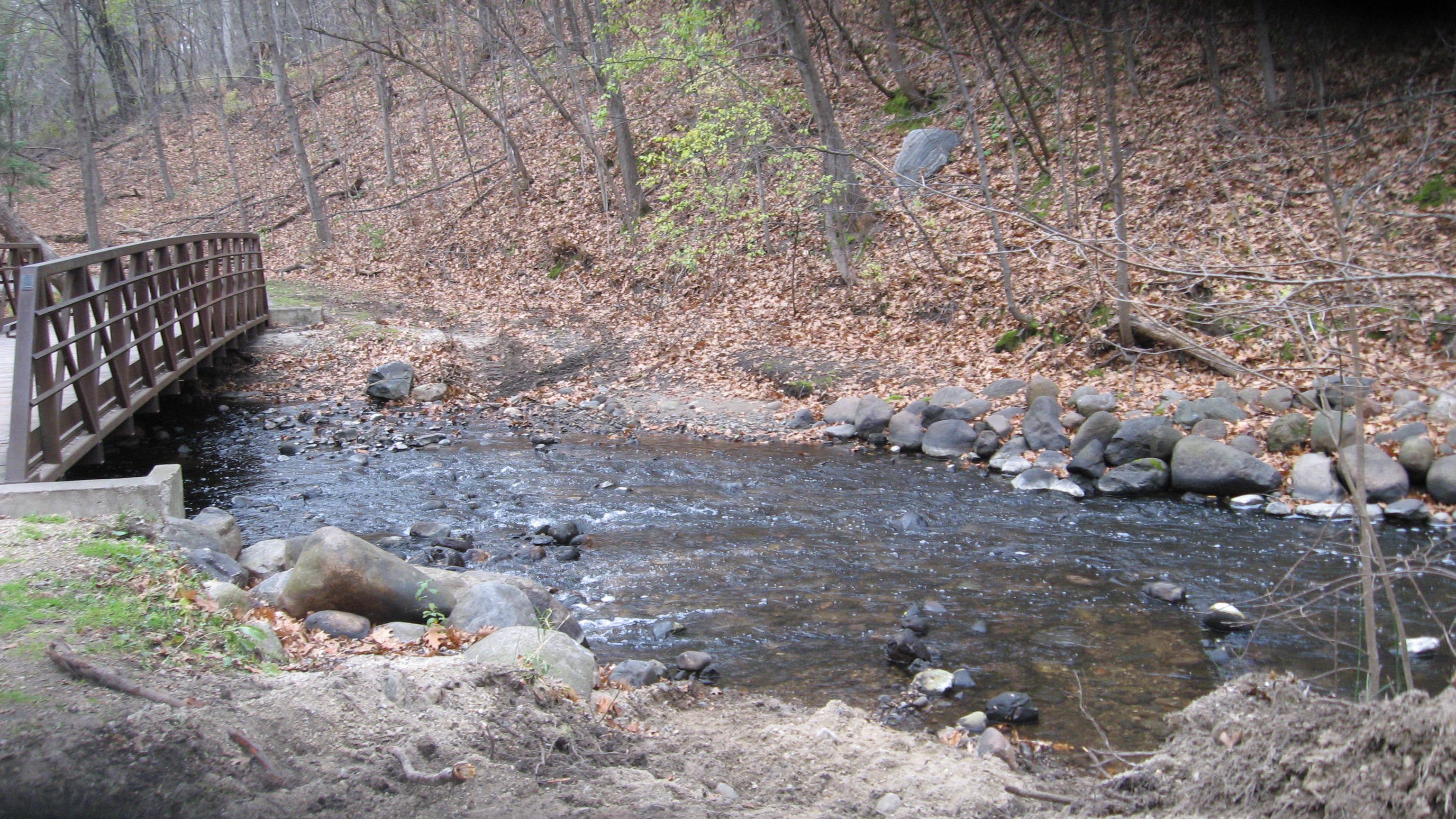
Nine Mile Creek
(map coming soon)
If you want to learn more about Nine Mile Creek, please visit:
Minnesota River
(map coming soon)
If you want to learn more about the Minnesota River, please visit the following websites:
Information and Facts
For information on the State of Minnesota's groundwater, visit the MPCA's webpage:
To learn some facts about groundwater in Minnesota, visit the following MPCA webpage:
To watch videos and see graphics, by the MPCA, showing how groundwater moves, visit the following webpage:
State Agency Roles
While groundwater plays a role in how the City of Bloomington manages water resources, the City does not have jurisdiction over groundwater management. The following explains how jurisdiction on groundwater is spread across the State:
- Minnesota Department of Natural Resources: availability and ecological impacts
- Minnesota Department of Agriculture: agricultural pesticide and fertilizer contamination
- Minnesota Pollution Control Agency: industrial contamination
- Minnesota Department of Health: drinking water supply
Water Quality
Water and ecosystem quality is monitored throughout the City. The information gathered helps to make management decisions and improves our understanding of each individual water body.
Health of Bloomington's Ponds and Lakes Reports
Check out the City's pond and lake health report for more information on our water quality monitoring program and its results.
Additional Water Reports
In 2009-2010, the City of Bloomington monitored 28 different lakes and ponds within the City. The goal of this study was to evaluate how ponds were performing, regarding reducing nutrients in storm water runoff.
Cyanobacteria, commonly known as blue-green algae, is seen all across the state of Minnesota. When blooming, these organisms produce toxins that can cause harm to humans and animals. Blooms normally begin to occur during hot summers, especially if there is ample rainfall.
During a blue-green algae bloom, the water may look like it has spilled green paint on the surface. Unlike duckweed, which is a plant that floats on the surface of the water, blue-green-algae looks as if it is mixed into the water. Harmful algae blooms are most likely to occur during warm weather in shallow, nutrient-rich waters. It is best to avoid contact with these waters if you suspect there is an algae bloom. Always remember, when in doubt, best keep out!
For more information, visit:
